Not so long ago we featured Carolyn Leonhardt’s renovation of a small 1920s cottage in the Napa Valley. The onetime crack house was in a desperate state of disrepair, but Carolyn was intent on salvaging as much as possible including the floors. She was happy to discover that the original wood flooring was fir (vertical grain Douglas fir to be precise), a superior and more durable wood to pine that was typically used in houses of the period. To create a uniform but variegated look, she used an iron sulfate wash on the wood with the help of Alan Booth of Napa Floor Company.
We asked Booth to explain the technique to us. Here’s what he has to say:

Above: The reclaimed fir floor with the iron sulfate wash and finish.
“For Carolyn’s job, I started with iron sulfate mixed with water. I applied a thin coat of this mixture to the floor. The iron sulfate reacts with the tannins in the floor and oxidizes them (turns them gray). You can add more or less of the iron sulfate to the water to create a darker or lighter gray color. Woods that naturally have more tannins in them like white oak react more to the iron sulfate than woods that don’t have a lot of tannin like maple. It is possible to apply tannin to the floor before using iron sulfate to achieve a more concentrated gray color if desired.”

Above: The different shades reflect the different type of fir used. The whiter the fir, the younger it is.
“After the iron sulfate wash, I mixed universal tint (in this case white and black) into water and applied a thin coat of that solution to the floor. This deposits color into the soft grain of the fir floor and helps to overtone the whole floor toward the color that is desired. It’s like staining the floor, but it has a different effect. Next, I used a clear water base sealer (Bonaseal brand). I do not recommended adding universal tint pigment to the sealer coat.”

Above: Carolyn added metal patches to cover holes in the floor. She also recommends using wine corks to fill round electrical cord holes.
“Then I applied three coats of a water-base finish (Bona Traffic brand) over that. For each coat, I custom mixed universal tint (a mix of white and black) into the finish. This suspends the color in the finish. It gives the floor a more even look and a general overtone of color. It should be noted that these processes are fairly complicated and require a lot of skill. The application of all coats must be applied with extreme consistency for the color to come out evenly.”
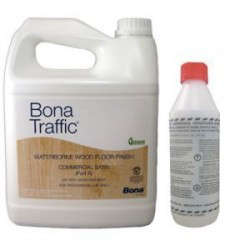
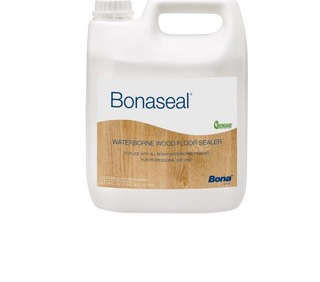
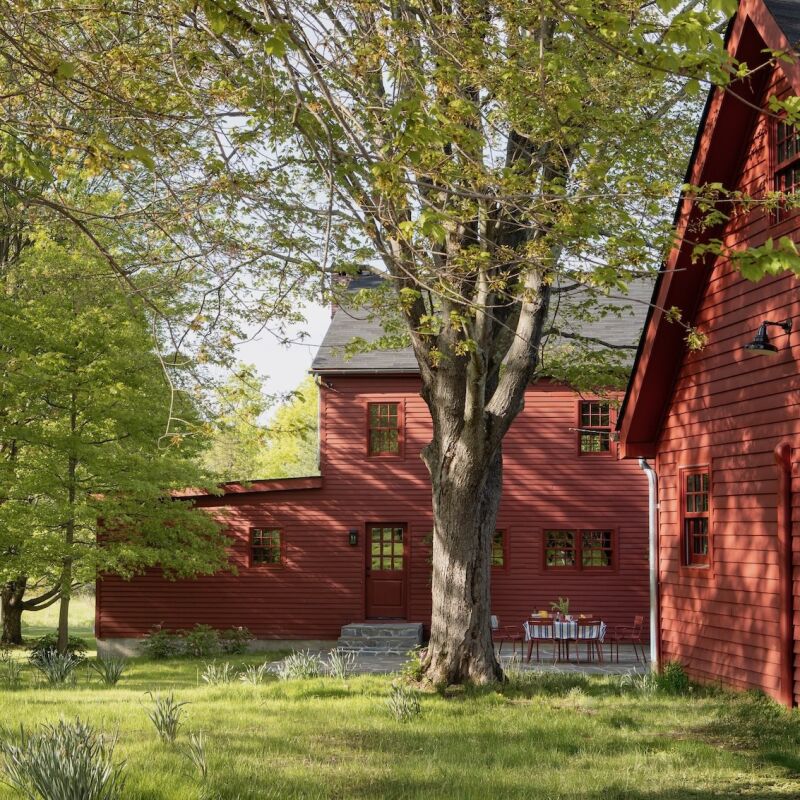
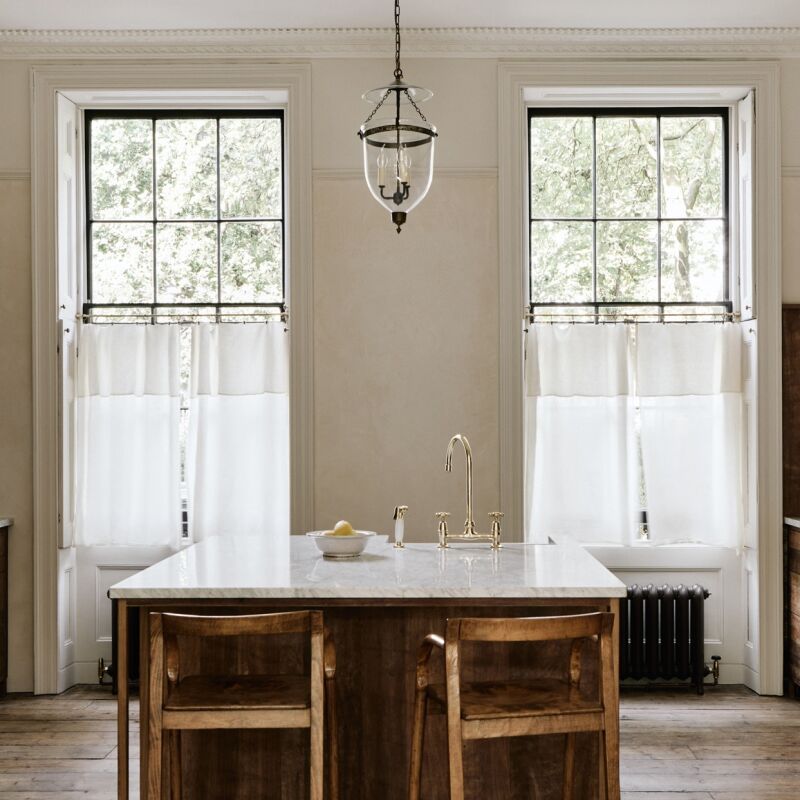
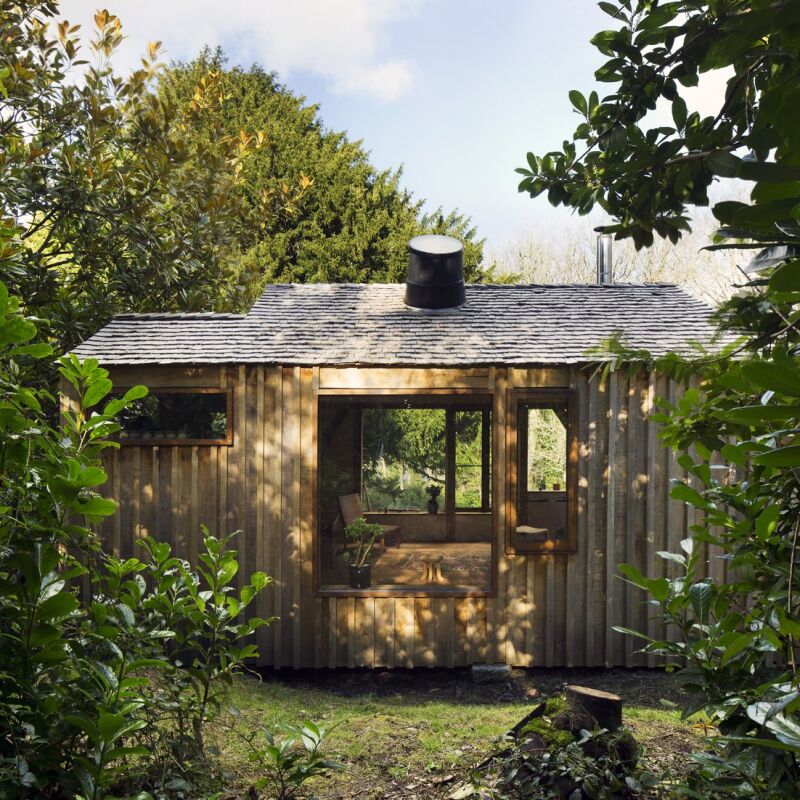

Have a Question or Comment About This Post?
Join the conversation (3)